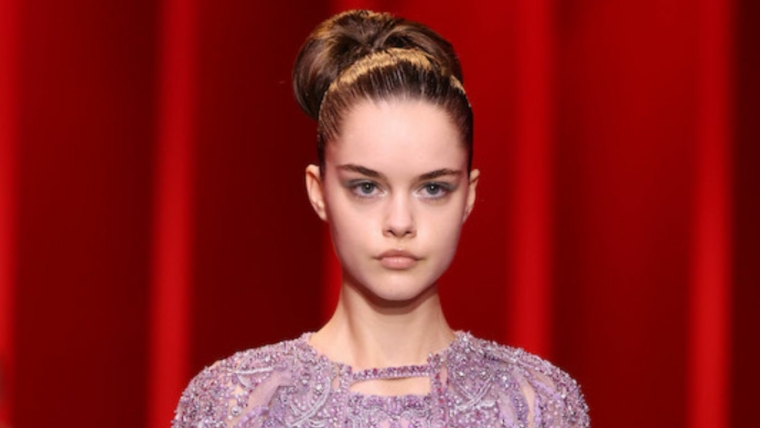Jonathan Anderson’s First Collection Rewrites Dior’s Codes With a Fresh British Twist
June 28, 2025- Dior Men Spring/Summer 2026 by Jonathan Anderson
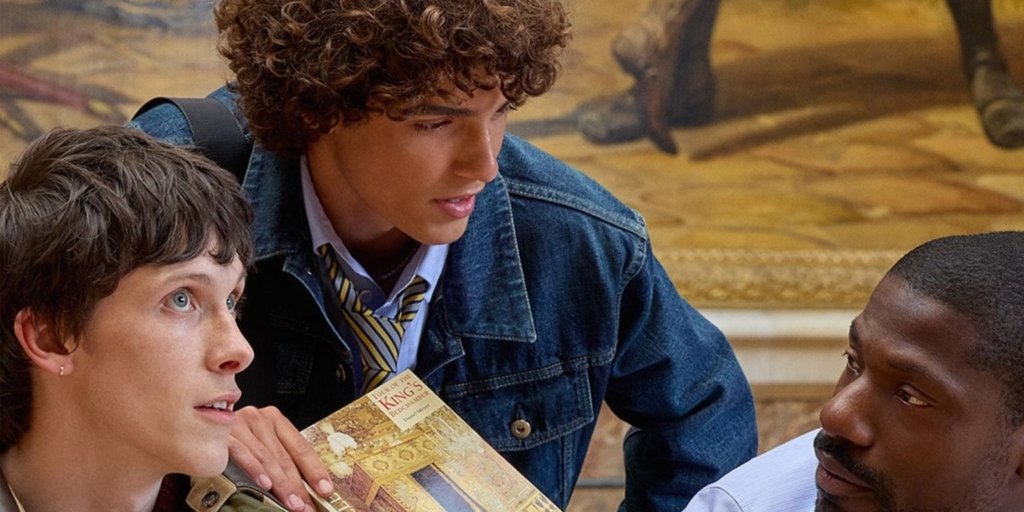
In Paris, behind Les Invalides, Jonathan Anderson opened a new chapter for Maison Dior. No spectacle. No bombast. Just a quietly radical collection; one that dug into Monsieur Dior’s archives and came out the other side with pocketfuls of wit, tailoring, and conceptual depth.
This was no ordinary debut. Dior Men Spring/Summer 2026 marked the most anticipated designer arrival at a major maison this decade. The guest list said it all: Donatella Versace, who once hired Anderson for Versus. Stefano Pilati. Nicolas Di Felice from Courrèges. Glenn Martens. Silvia Fendi. Pierpaolo Piccioli. Daniel Roseberry. Christian Louboutin. Chitose Abe. Michael Rider. Julien Dossena. Chemena Kamali. Alongside LVMH figures and former Dior collaborators—Pharrell Williams, Kris Van Assche. A gathering of the most influential names in fashion. A silent vote of relevance.
The Show Opens With Silence, Then Disruption
Dior Men Spring/Summer 2026 began in silence. No music. Only a voice.
Louis Garrel—actor, director, French icon—read from Dior and I. His words described cuts, darts, and fabrics. He spoke like a patternmaker. Like a poet with scissors. The space echoed. The tension built.
The venue: a raw, geometric tent built behind Les Invalides. Plywood underfoot. Plywood for benches. A high ceiling of glowing white squares stretched across the entire roof. Industrial, rigid, cold. Every detail matched Anderson’s style.
Anderson started where the maison began: the folds of the 1948 Delft dress reimagined as crisp, denim cargo shorts. Then came the 1952 Cigale coat, reborn in modern moiré, elongated and cinched, heavy on mood, light on nostalgia. Caprice, the checked wool coat from Spring 1948, echoed again through voluminous elephant-leg trousers.
The looks felt deliberate, Anderson paired high Edwardian collars with bare chests and faded jeans. Turned Bar jackets into herringbone wonders. Gave summer gilets a jolt of linen and soft pink. And introduced a suede boot that somehow walks both the boxing ring and the hiking trail.
Objects, Symbols, and the New Dior Code
The invitation arrived as a white ceramic plate. Three ceramic eggs sat in the center. A personal reference. As a teenager in Northern Ireland, Jonathan Anderson collected eggs on a local farm. Now, he placed that memory on every seat at Dior.
He replaced the logo. Not with a redesign, but a reduction. One capital remained: D. Minimal. Authoritative. A full stop in typography.
Inside the showspace, two paintings by Jean-Baptiste-Siméon Chardin hung quietly on the wall. A vase of flowers. A plate of raspberries. Real works, on loan from the Louvre. Still lifes of perfect control. Bernard Arnault paused in front of them. So did the crowd.
Accessories followed the same logic. Anderson cut a new boot in suede. The toe echoed a boxing shoe. The sole mirrored a hiking boot. Dual purpose. Strong stance. It grounded nearly every look.
He introduced a fringed bag, sculptural and light, with exaggerated threads swaying from the seams. Then came the totes—familiar shape, new surface. He printed them with French and English literary covers: Bonjour Tristesse, Dracula, Les Mains Sales. Each one layered meaning on motion.
Hair followed one reference: Louis Garrel. Tousled, soft, cinematic. Models carried the look through slow steps and firm stares. No styling tricks. Just character.
Anderson pulled from history but cut for now. He brought intimacy to scale. Personal symbols into public display. This wasn’t nostalgia. This was authorship.
Dior Men Spring/Summer 2026 by Jonathan Anderson


For more on eco-luxury lifestyle, follow our Instagram. Want insider access? Contact us to join our VIP network for exclusive invites, upgrades, and more.


